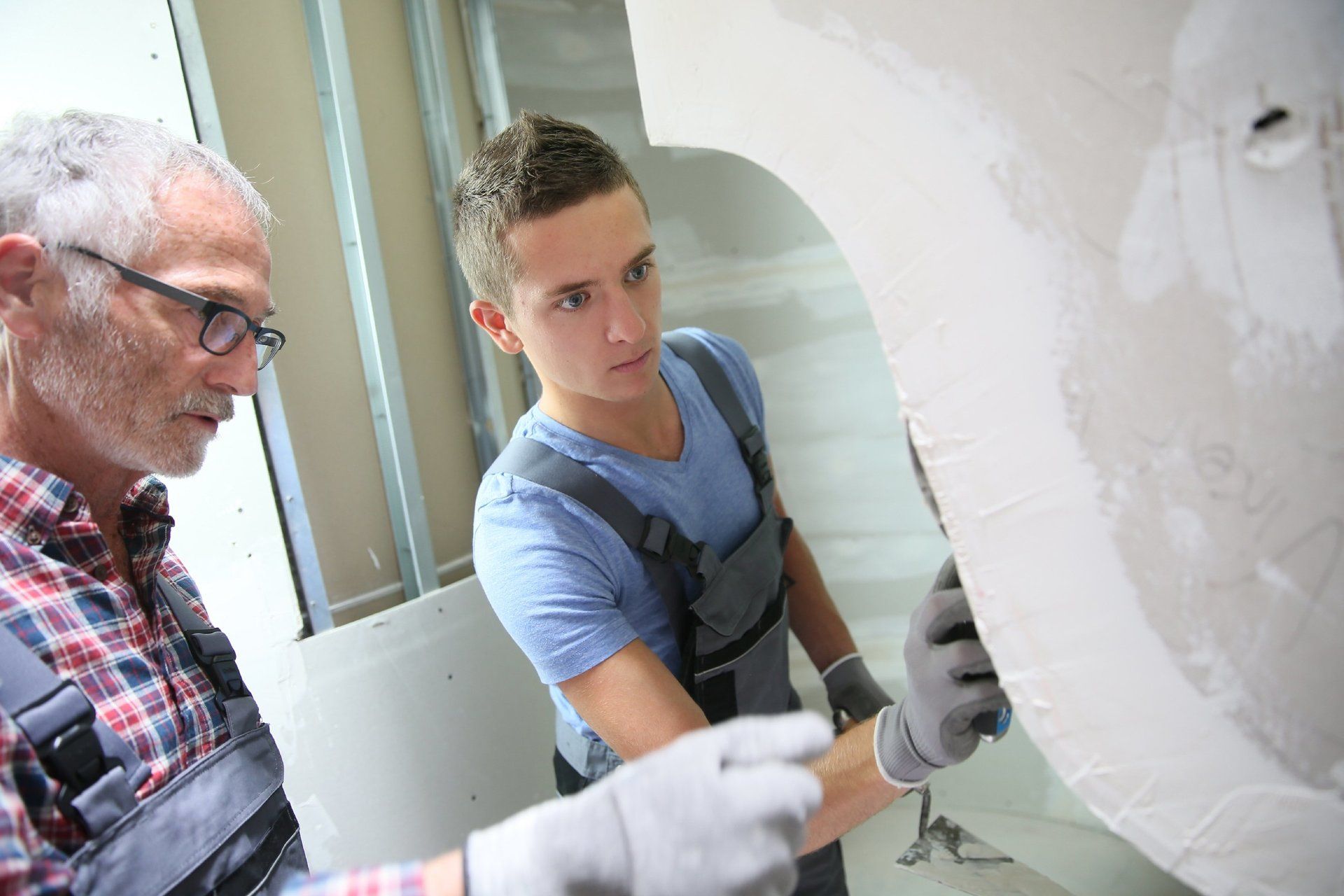The Future of Asbestos Disposal: Thermal Recycling Explained
A groundbreaking solution to a long-standing problem

Asbestos disposal has long been a critical challenge in the realm of hazardous waste management. The presence of asbestos-containing materials, such as asbestos roof sheets, asbestos insulation and asbestos insulating boards, poses significant health risks and environmental concerns. As awareness of these dangers has grown, so too has the urgency to find safe and effective methods for handling and disposing of this harmful substance.
The future of asbestos disposal lies in innovative technologies that aim to address the limitations of traditional methods. This article explores the groundbreaking approach of thermal recycling, explaining its scientific principles and process. It delves into the environmental and economic benefits of this method, offering insights into how it could revolutionise the way we deal with asbestos waste. By examining this cutting-edge technique, we can better understand its potential to transform asbestos management and contribute to a safer, more sustainable future.
Understanding Asbestos and Its Disposal Challenges
Asbestos refers to six naturally occurring fibrous minerals, classified into two families: amphibole and serpentine . These minerals are resistant to heat, fire, and chemical degradation, making them once popular in various industries . However, all types of asbestos are classified as carcinogenic, posing significant health risks.
Chrysotile (white), a serpentine asbestos, has historically accounted for over 95% of all asbestos used worldwide . Amphibole asbestos including Crocidolite (Blue) and Amosite (Brown) asbestos fibres, with its needle-shaped fibres, requires less exposure to cause cancer compared to serpentine asbestos. The disposal of asbestos-containing materials presents a critical challenge, as waste containing more than 0.1% asbestos is classified as hazardous.
Proper handling and disposal of asbestos is crucial to prevent environmental contamination and health risks. Asbestos waste must be double-bagged, clearly labelled, and placed in fully sealed, locked skips. Disposal should occur in landfills with specific permits for asbestos acceptance. However, nationwide, landfill space is dwindling, and the volume of asbestos-containing materials in the EU alone is estimated to exceed 100 million tonnes.
The Science Behind Thermal Recycling
Thermal recycling employs a scientific process called denaturing to transform asbestos-containing materials into inert substances. This method involves the application of heat in a controlled, precise, and scientific manner, leading to chemical and physical transformations of the material. The process destroys the characteristic properties of asbestos, rendering it no longer hazardous.
The thermal recycling process takes place in a specially designed moving hood kiln with a burner system that maintains tight temperature control. The fully enclosed system includes an after-burner and filtration system to remove volatile organic compounds, fumes, and particulate matter from exhaust emissions.
The entire denaturing process takes 24 hours per load, after which the cooled material is crushed to produce recyclable aggregate.
Extensive testing, including polarised light microscopy, scanning electron microscopy, and transmission electron microscopy, has consistently shown that the treated material contains no detectable asbestos. This innovative approach offers a viable alternative to landfill disposal, addressing the growing challenge of managing the estimated 100 million tonnes of asbestos-containing materials in the EU alone.
The Thermal Recycling Process Explained
Thermal recycling is the single biggest breakthrough in the asbestos industry since the prohibition introduced in the UK in November 1999, and offers a groundbreaking solution to asbestos disposal. The process begins with the collection of asbestos-containing materials, primarily asbestos cement sheets containing Chrysotile, from construction sites. These materials are delivered to the treatment plant in specially designed bags for safe handling.
The heart of the process lies in a unique moving hood kiln, specifically designed for this purpose. The kiln system moves over a base loaded with asbestos-containing materials. A burner system applies controlled, intense heat to the materials, initiating the denaturing process. This scientific method changes the essential characteristics of asbestos, transforming it into an inert substance.
The entire denaturing process takes 24 hours per load. Once cooled, the treated material is crushed to produce recyclable aggregate. Extensive testing, including polarised light microscopy and electron microscopy, consistently shows that the treated material contains no detectable asbestos .
Environmental and Economic Benefits
Thermal recycling offers significant environmental and economic advantages over traditional asbestos disposal methods. This innovative process diverts asbestos-containing materials from landfills, addressing a critical sustainability issue. Landfill disposal is not a sustainable solution, as asbestos does not decay or degrade when buried . This approach merely relocates the problem, creating environmental hazards for future generations.
The thermal recycling process transforms asbestos into a new substance called Calmag, which can be used as a cement replacement. This has a twofold benefit: it reduces waste and creates a useful product. By decreasing the need for cement production, which is a significant source of CO2 emissions, thermal recycling helps to offset its own carbon footprint.
Thermal Recycling's plant can process up to 29,500 tonnes of asbestos-containing materials annually . This significant capacity offers a viable solution to the growing challenge of asbestos waste management, particularly for asbestos cement roof sheets, which make up approximately 60% of asbestos sent to landfills .
Conclusion
Thermal recycling has a significant influence on the future of asbestos disposal, offering a groundbreaking solution to a long-standing problem. This innovative process not only transforms hazardous asbestos-containing materials into inert substances but also creates useful products, addressing both environmental and economic concerns. By diverting asbestos waste from landfills and reducing the need for cement production, thermal recycling paves the way for a more sustainable approach to managing this persistent global challenge.
As the world grapples with the estimated 100 million tonnes of asbestos-containing materials in the EU alone, thermal recycling stands out as a promising alternative to traditional disposal methods. Its ability to process large volumes of asbestos waste while producing recyclable aggregate opens up new possibilities for the construction industry and beyond.
The adoption of such forward-thinking technologies is key to creating a safer environment and a more circular economy, setting a new standard for hazardous waste management in the years to come.
At Consulo, sustainability is at the core of everything we do. Reach out to us today to discuss your asbestos management needs. We're committed to ensuring that your compliance efforts are as environmentally friendly as possible, minimising your carbon footprint every step of the way.









